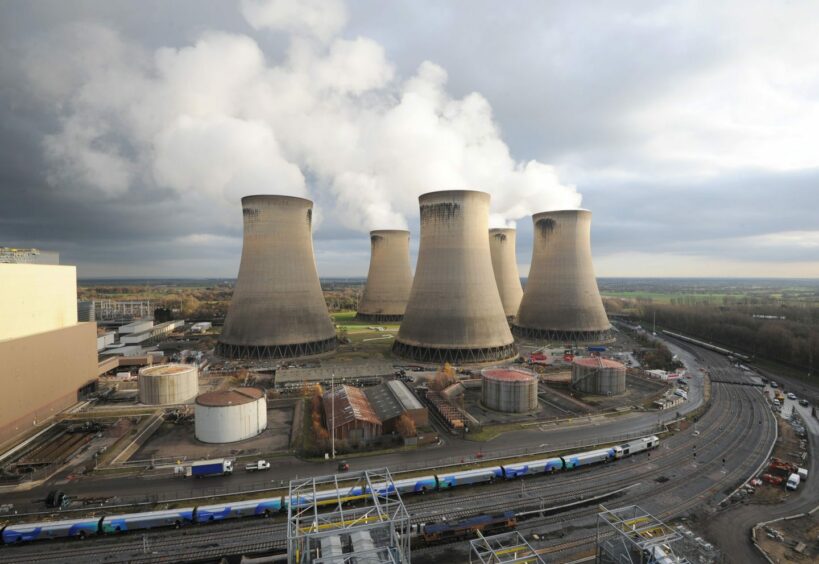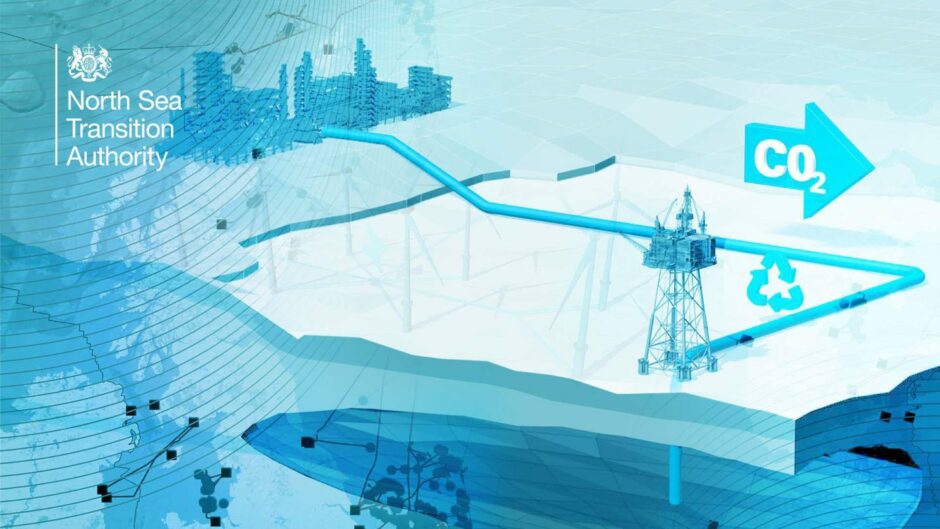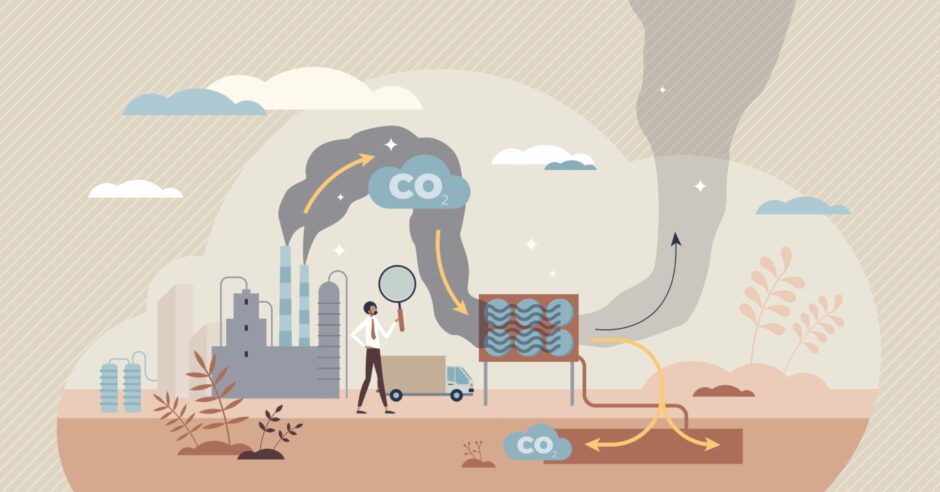
In May 2019, the UK’s Climate Change Committee stated that in order to achieve the UK’s net zero targets, carbon capture and storage is a necessity and not an option.
Since then, significant work has been taking place to make carbon capture and storage in the UK a reality with the UK Government’s stated ambition being to capture and store 20 – 30 Mt CO2 per year by 2030.
To facilitate the UK’s ambitions, the UK Government launched its cluster sequencing programme in 2021, intended to achieve deployment of two industrial clusters by the mid-2020s and a total of four clusters deployed by 2030 at the latest.
Key elements of this process to date are:
- Two “Track-1” clusters (HyNet and East Coast Clusters) have been identified (announced in October 2021) and the “Track-2” process commenced in March 2023 which seeks to establish a further two clusters.
- Each “cluster” comprises a transportation and storage network with at least two “emitters”, which can include power carbon capture and storage, industrial carbon capture and carbon capture-enabled hydrogen projects.
- The transportation and storage network and the emitters are identified by the UK Government following detailed submission and evaluation processes with levels of funding support being made available by the UK Government through various models.
- The UK Government also identifies additional emitters, both for Track-1 (with 8 having been identified to date) and Track-2. It is intended that the number of emitters who can participate in Track-1 will be expanded, with the processes to enable this due to be announced during 2023.
Alongside the cluster sequencing programme, the North Sea Transition Authority (NSTA) has established a dedicated carbon transportation and storage team to oversee the delivery of offshore carbon transportation and storage developments, following successful exploration and appraisal.
The NSTA launched its first carbon storage licensing round in June 2022 and announced on 18 May that 20 new carbon storage licences had been offered.
This is a significant step forward in reaching the NSTA’s target of offering the 100 CO2 licences considered needed in order for the UK to meet its domestic storage requirements.
This may be further supported by proposed amendments to the Energy Security Bill (currently making its way through Parliament) requiring findings of those conducting drilling activities to be shared, to aid the development of a comprehensive picture of the UK’s carbon storage potential.
The continued development of projects and additional opportunities being created is welcome and comes at a time when considerable efforts are also being made outside the UK to make carbon storage a reality.
- In Europe, the proposed Net-Zero Industry Act is looking to establish a legislative objective to inject 50 Mt annually in strategic carbon storage sites by 2030, with proportional contributions to be made by EU oil and gas producers.
- In the US (i) the Inflation Reduction Act 2022 incentivises the use of carbon capture and storage technologies and (ii) billions of dollars of funding is being made available by the US Government to facilitate a commercially viable carbon dioxide removal industry in the US.
Despite these positive efforts, a number of challenges still need to be overcome.
These challenges are evidenced alone by the UK Government’s cluster sequencing programme which entails various forms of funding support, subsidy and certain protections in the event of storage site leakage and stranded asset risk.
Additional challenges being faced include proving the reliability and performance of new technologies, obtaining appropriate insurance, balancing investment requirements with the return on investment and finding means of suitable non-pipeline transportation of CO2 (whether by road, rail or ship).
This is also at a time of market-wide constraints within the supply chain and scarcity of materials.
Although carbon capture and storage continues to develop and a number of challenges need to be overcome, the drive by governments across the world (and not just the UK) to decarbonise is strong and clear.
It will therefore be important, in particular for organisations whose businesses are hard-to-abate, to consider carbon capture and carbon storage – as well as if, when and how it can be made to work.
Recommended for you

 © Supplied by NSTA
© Supplied by NSTA © SYSTEM
© SYSTEM